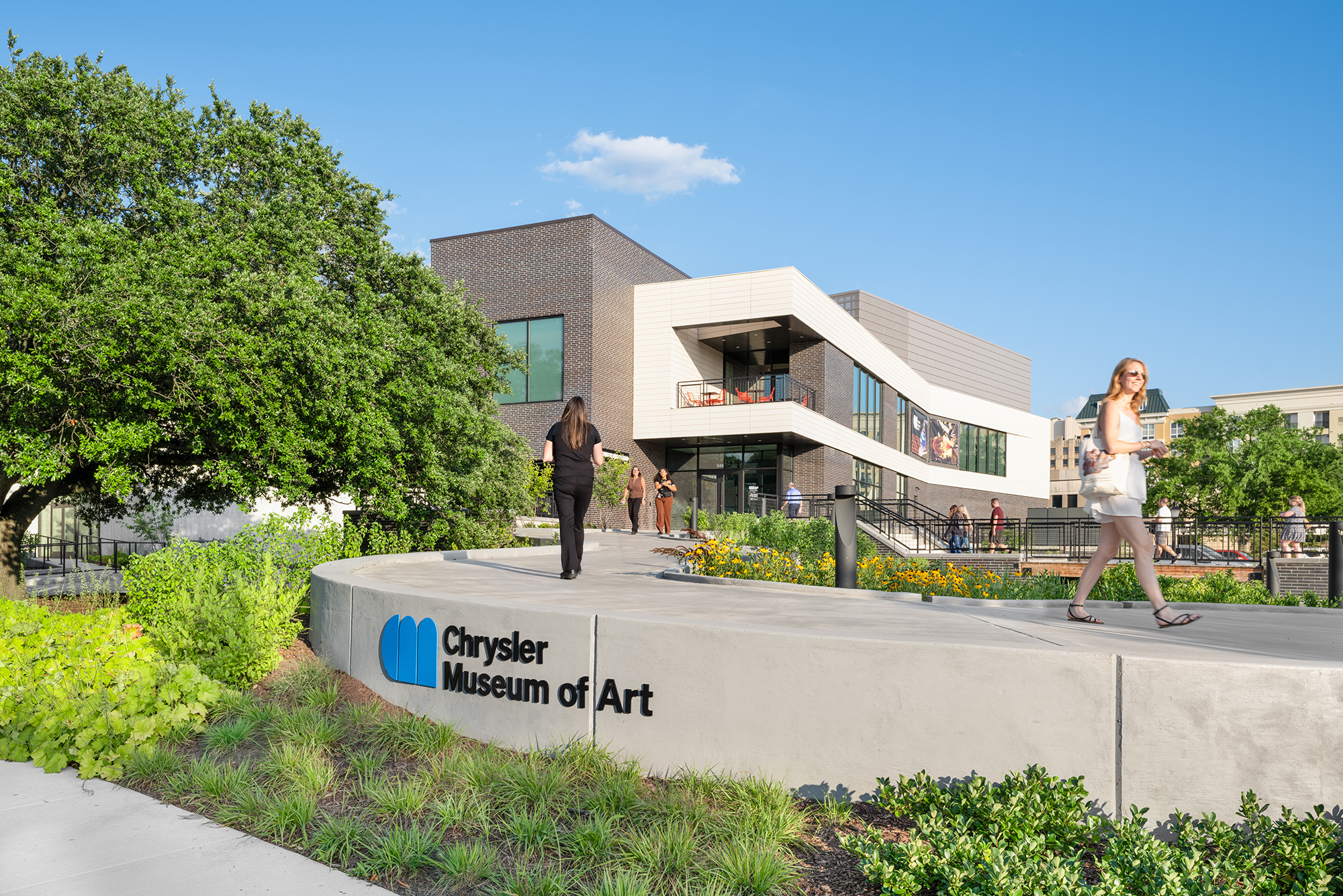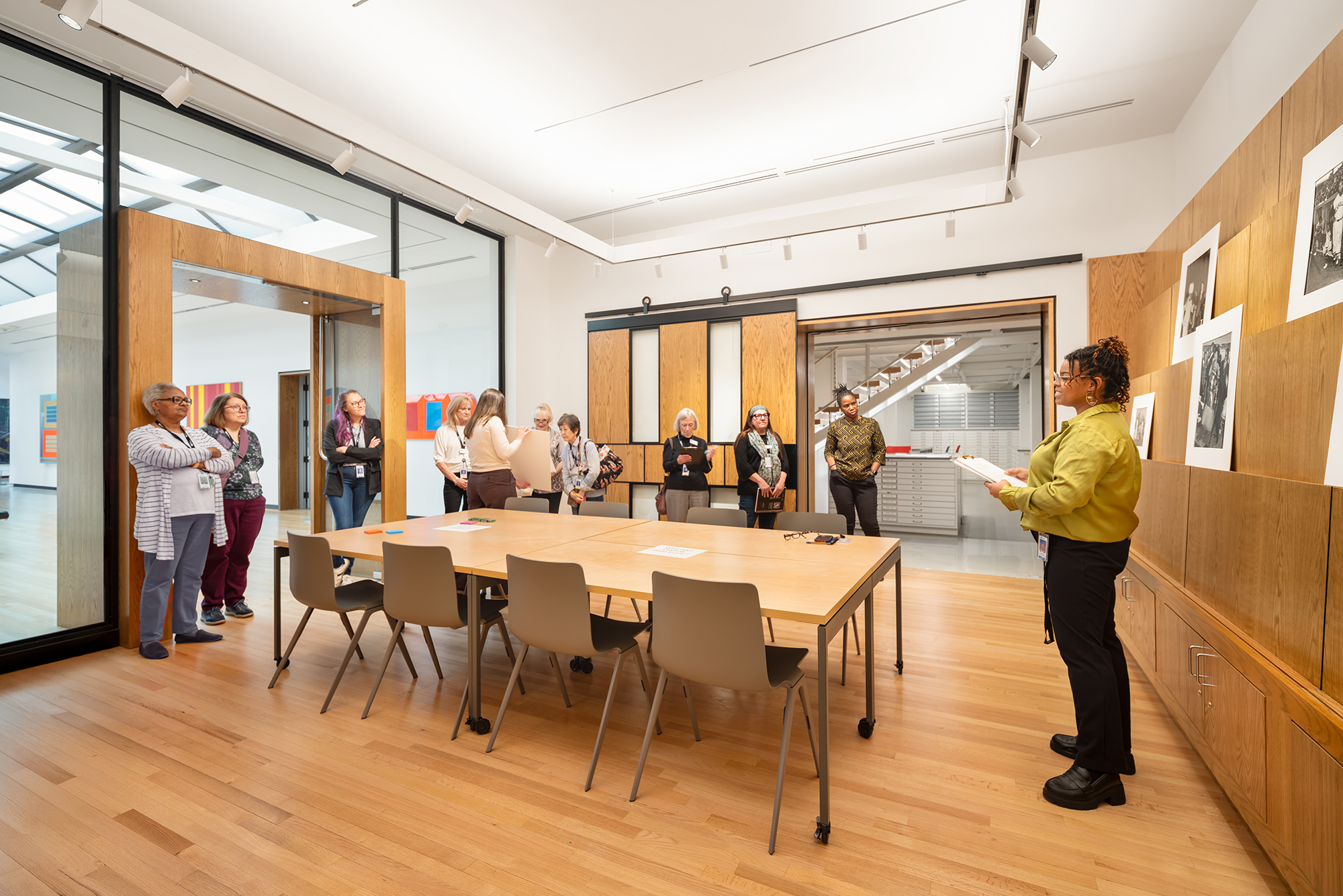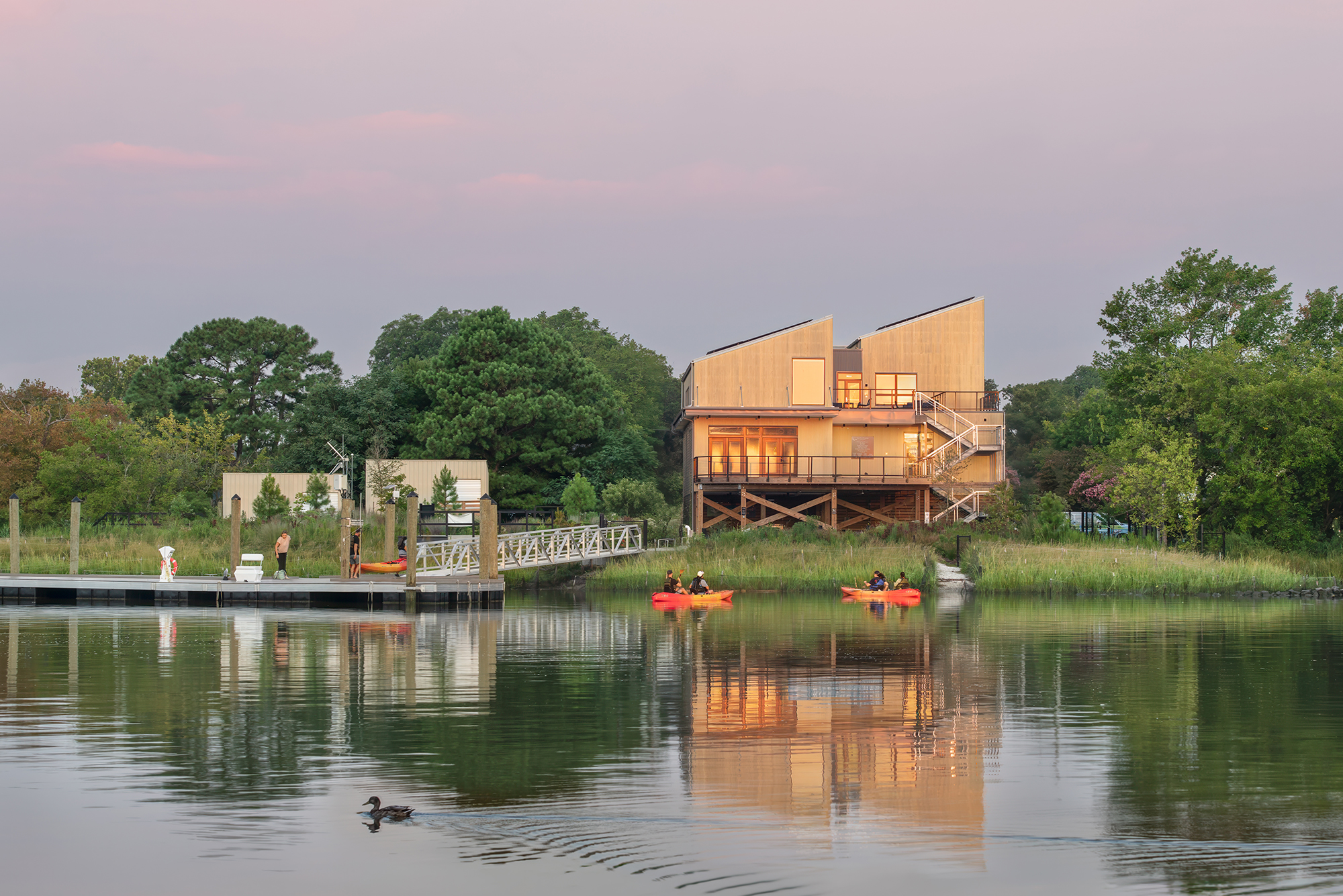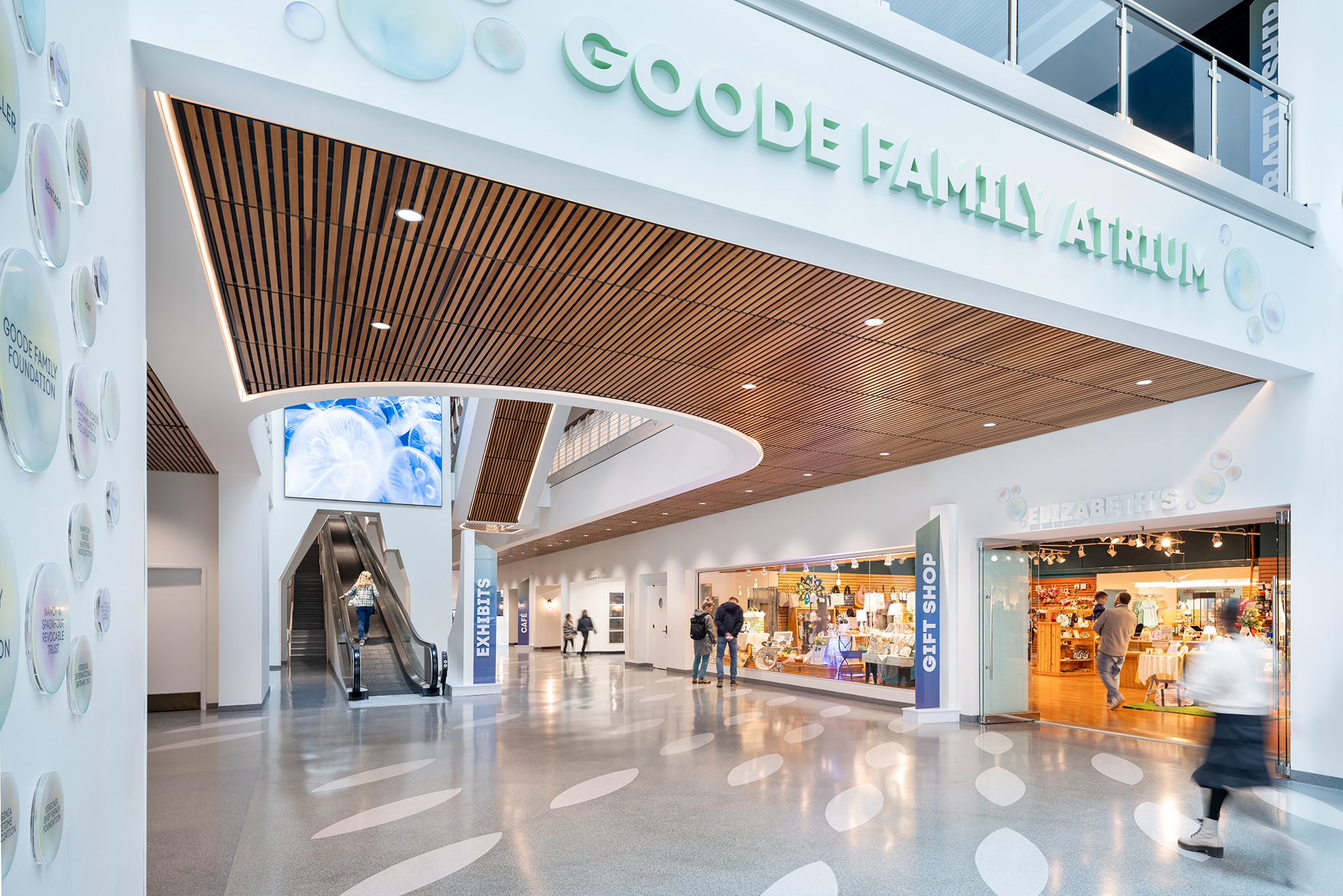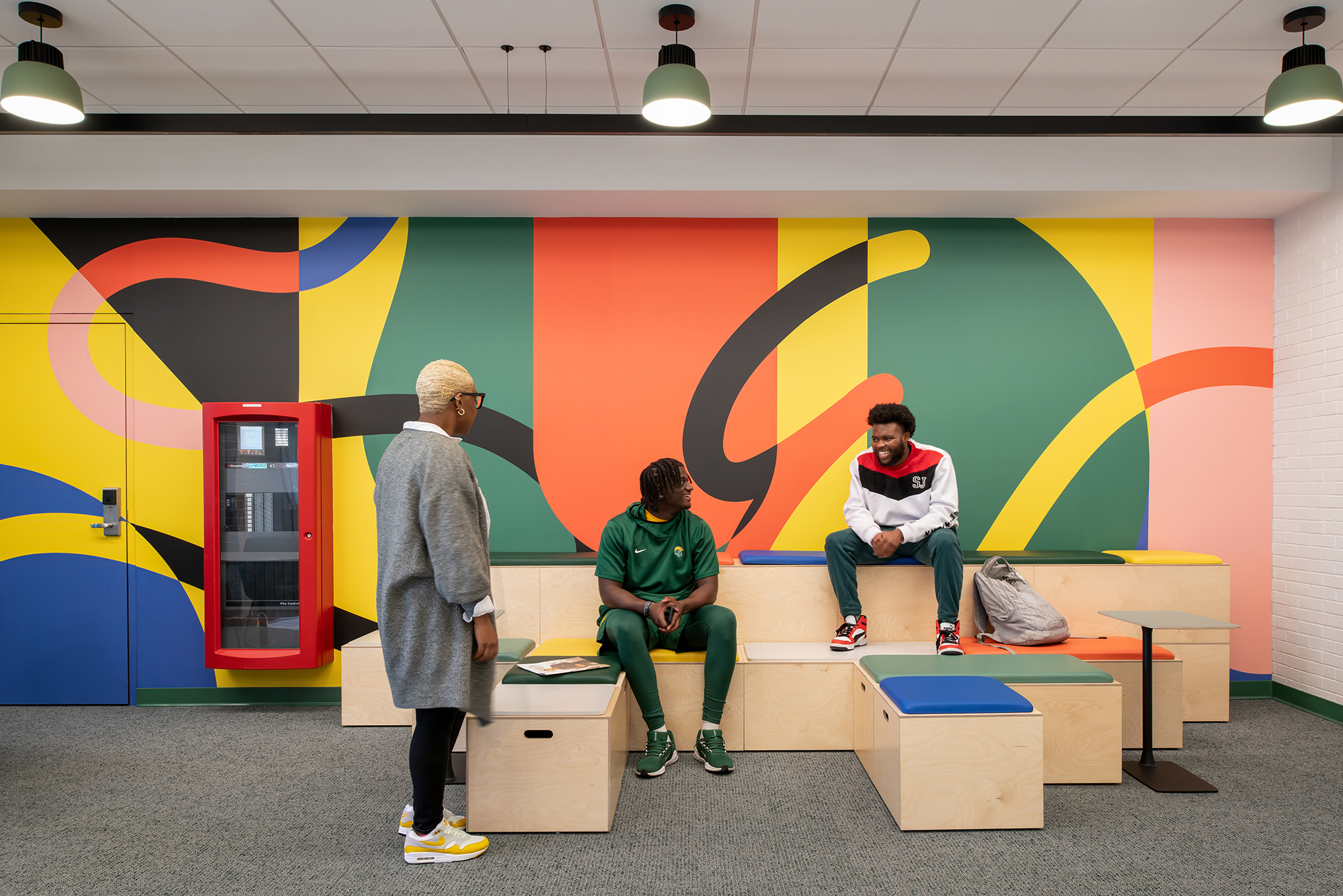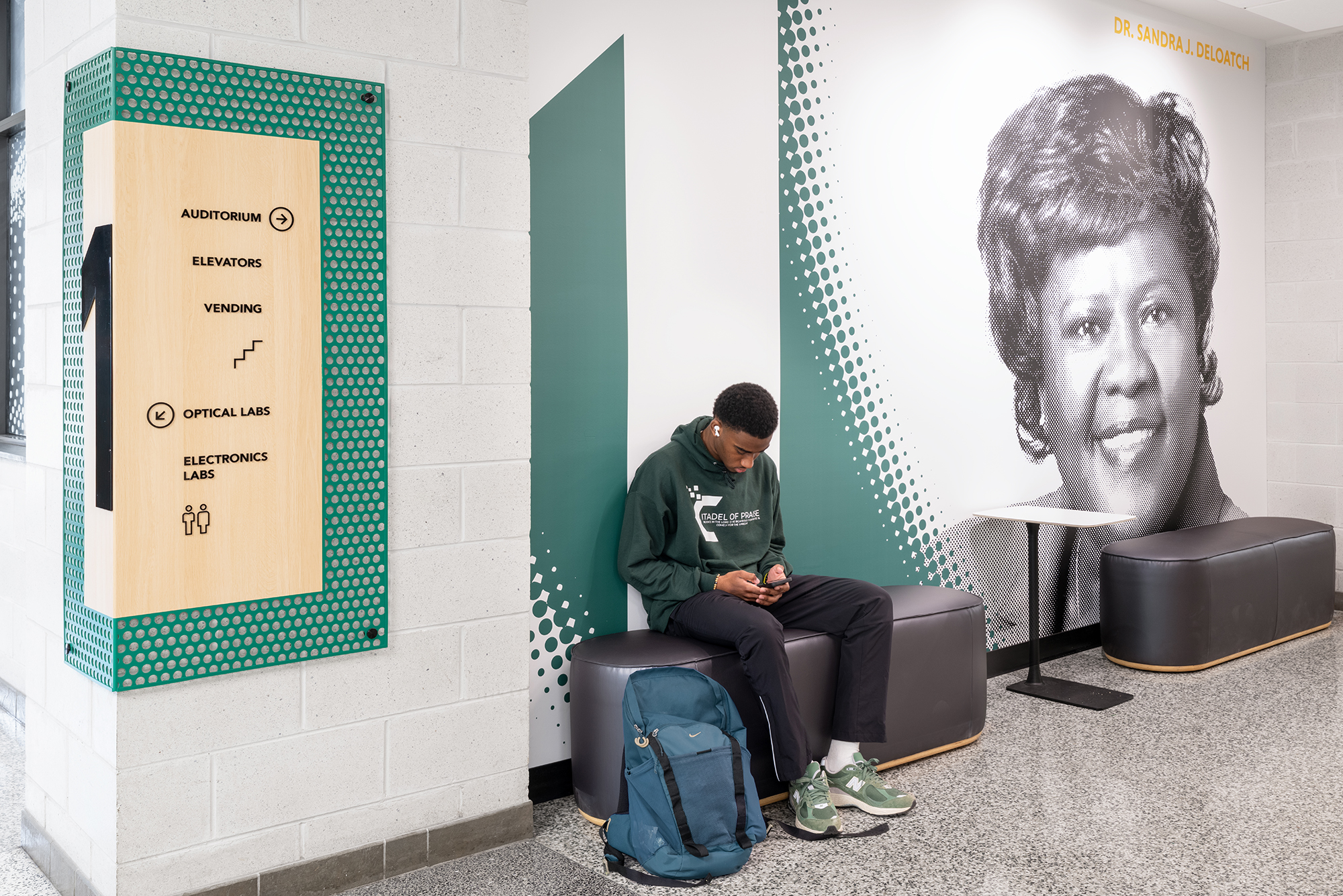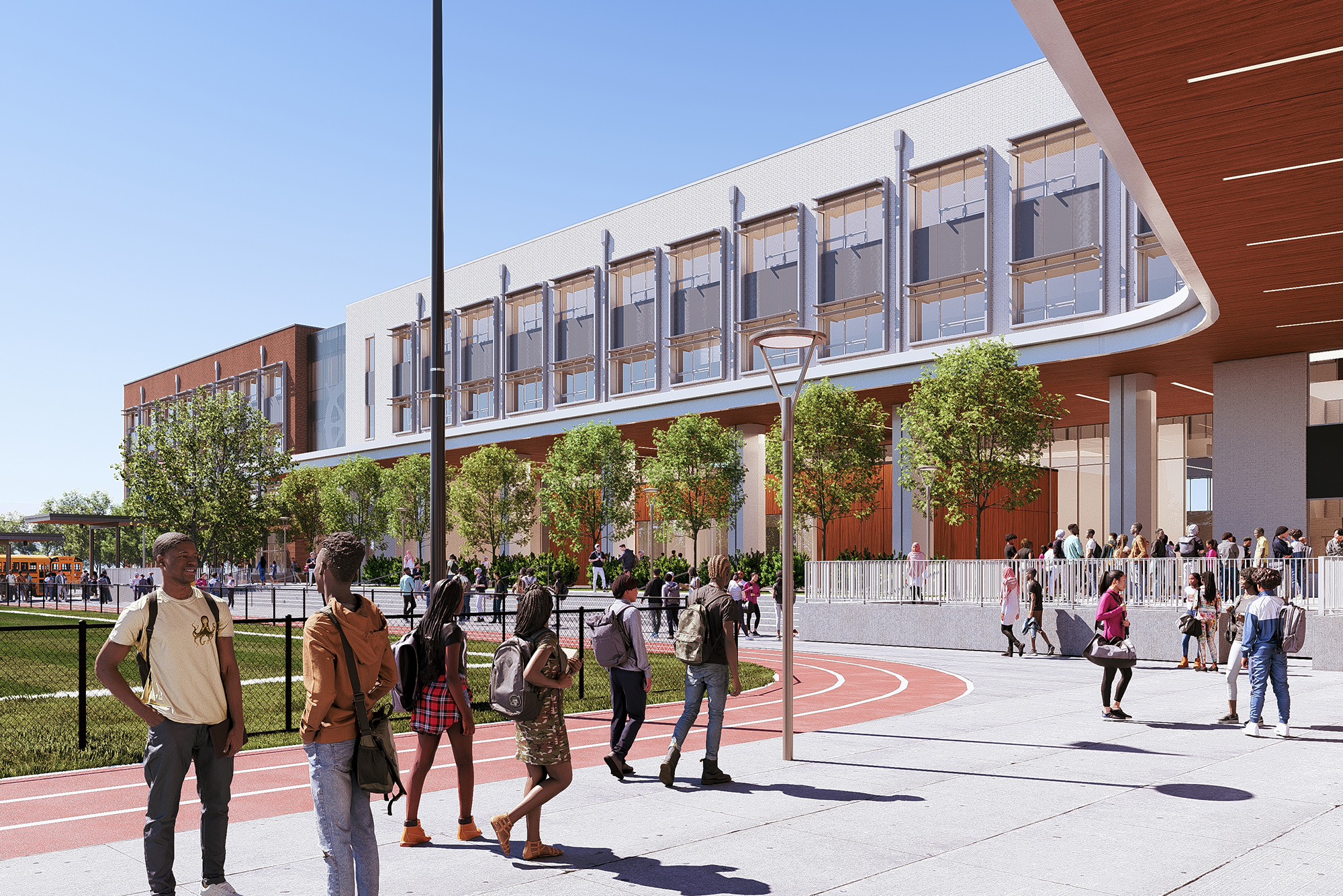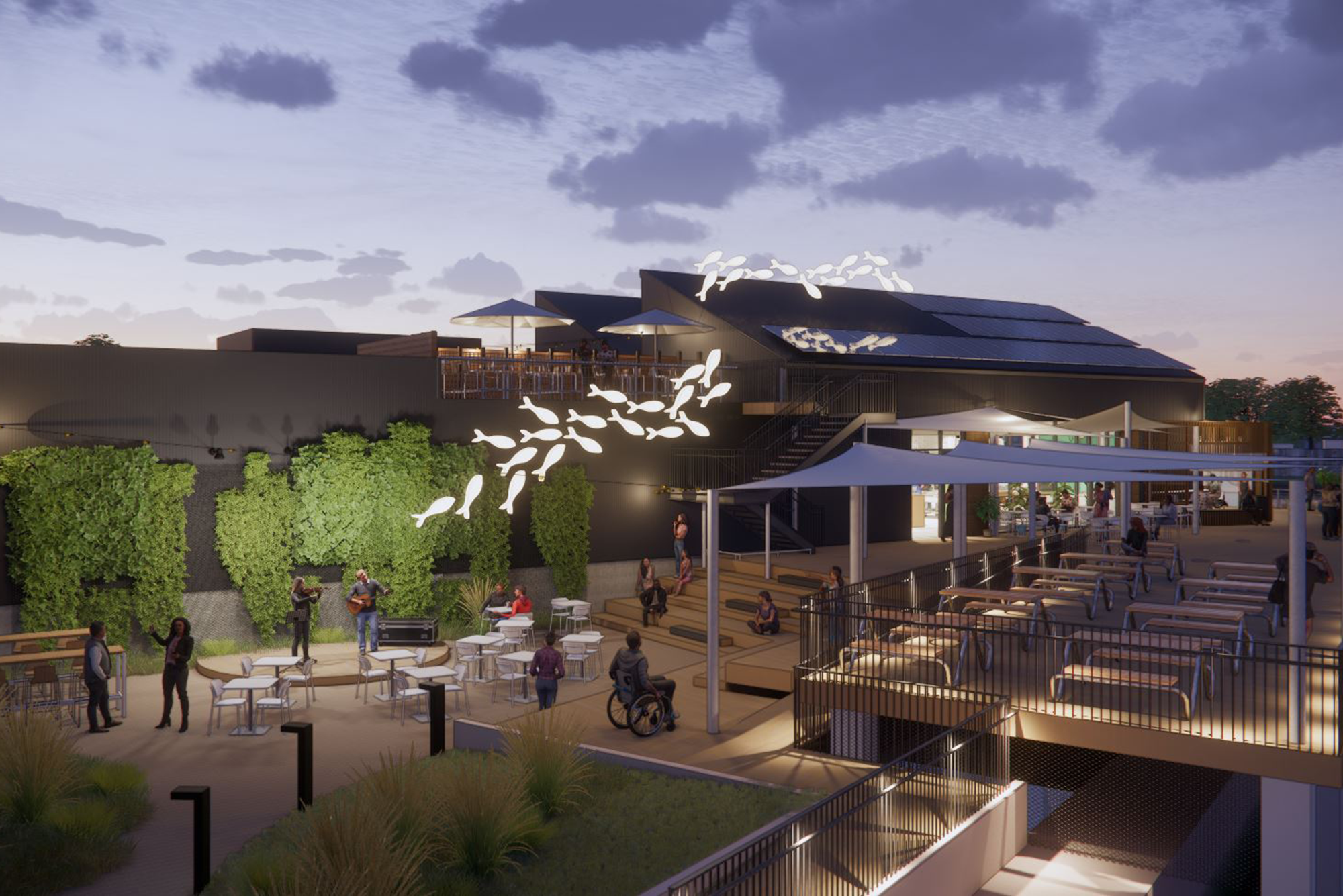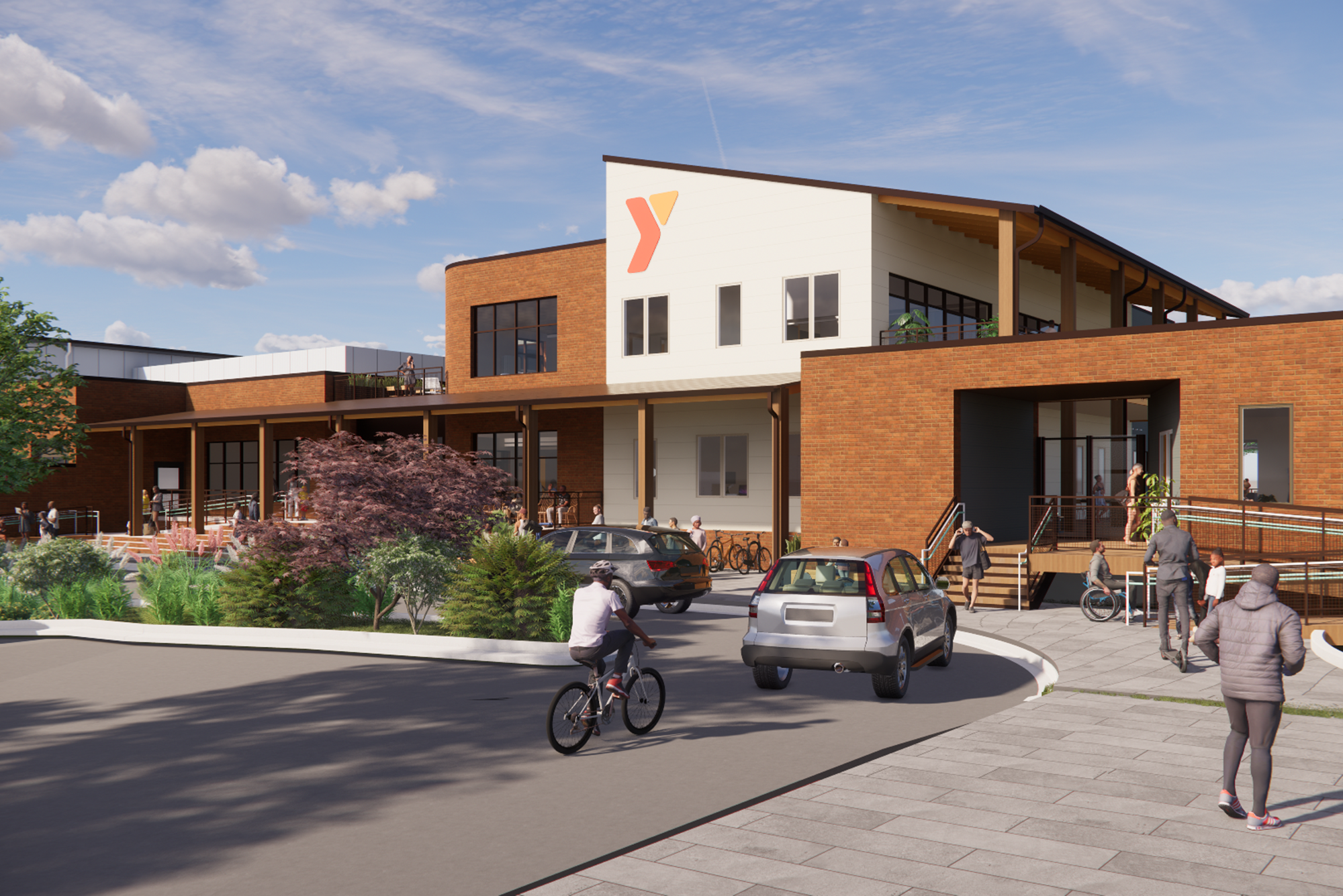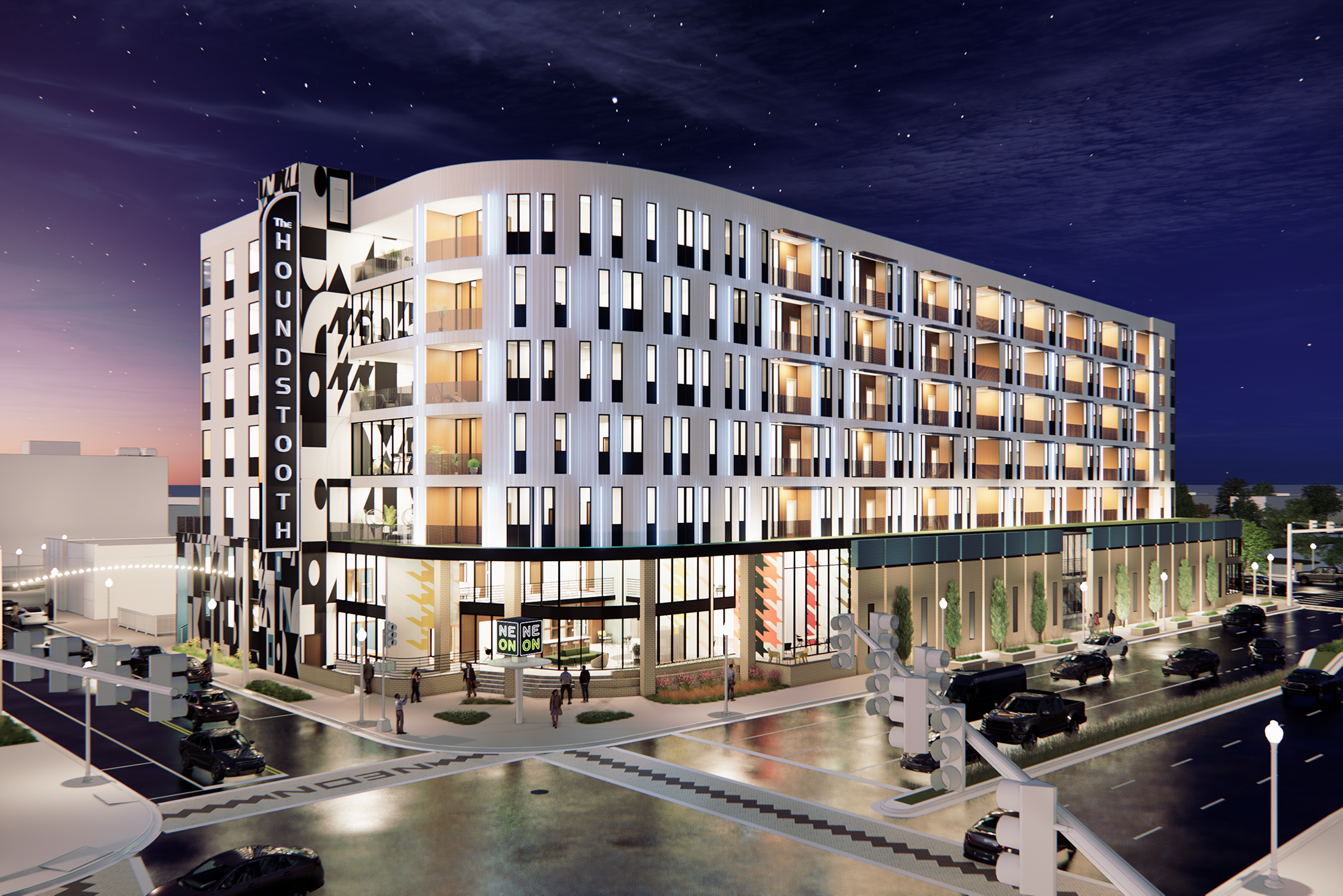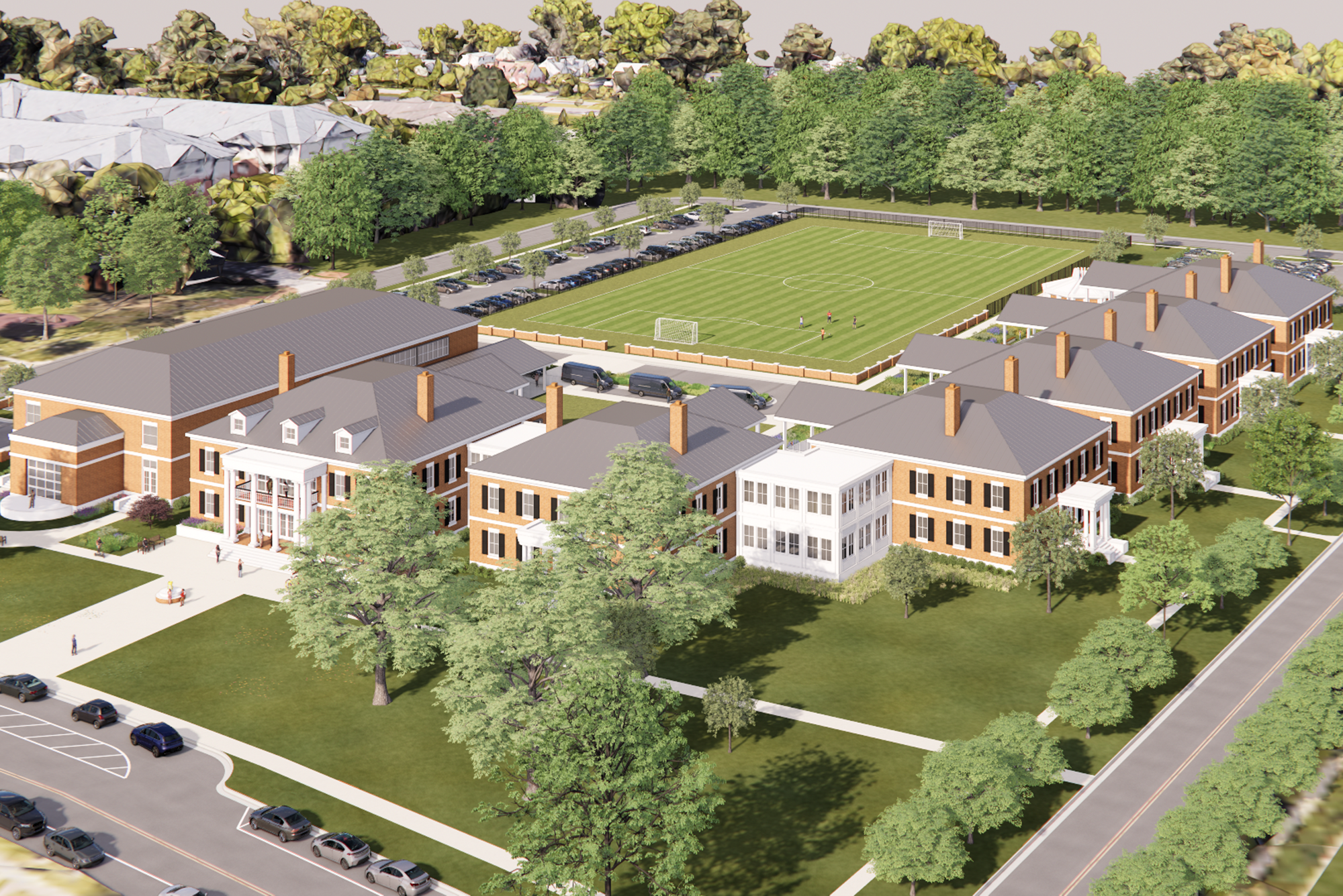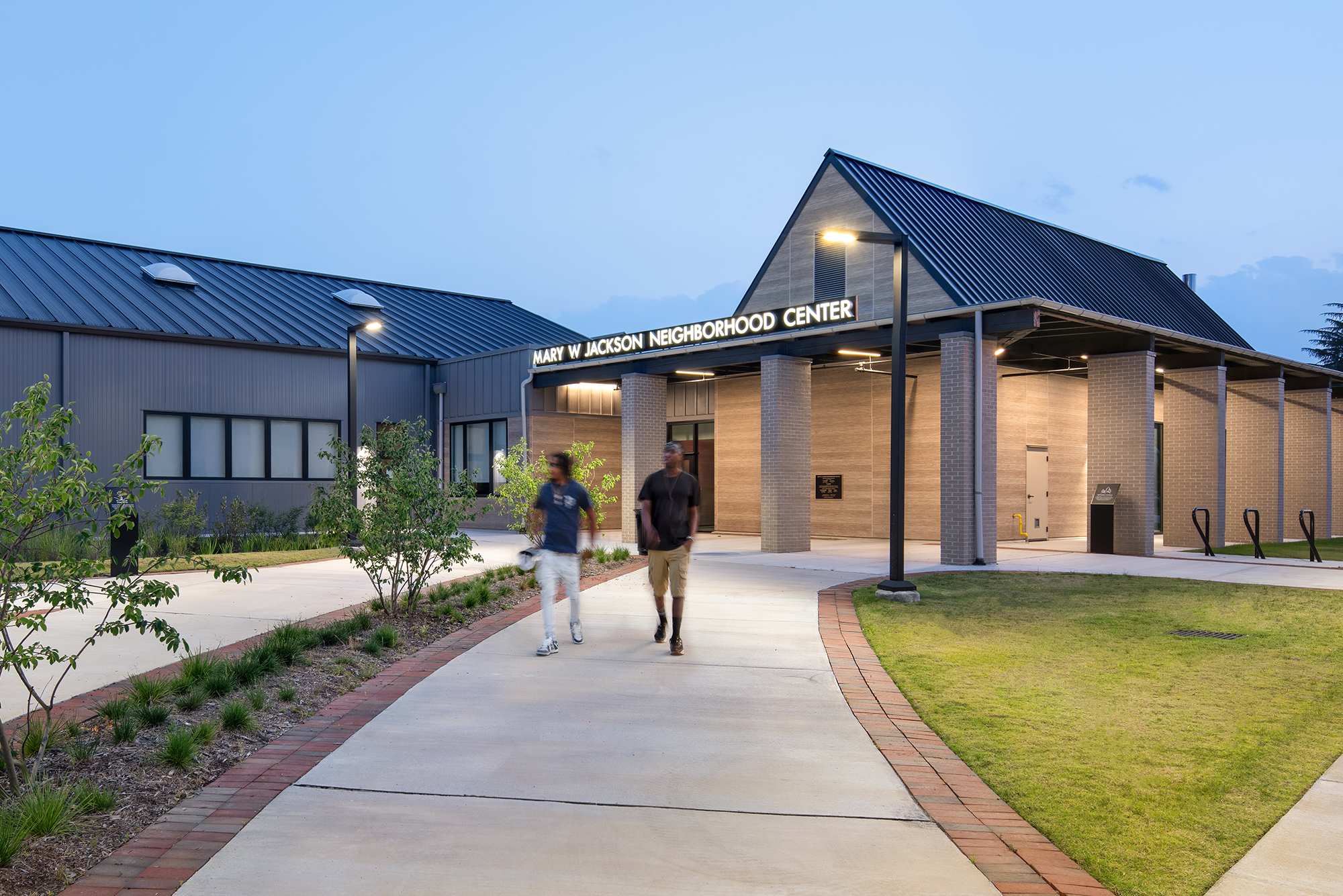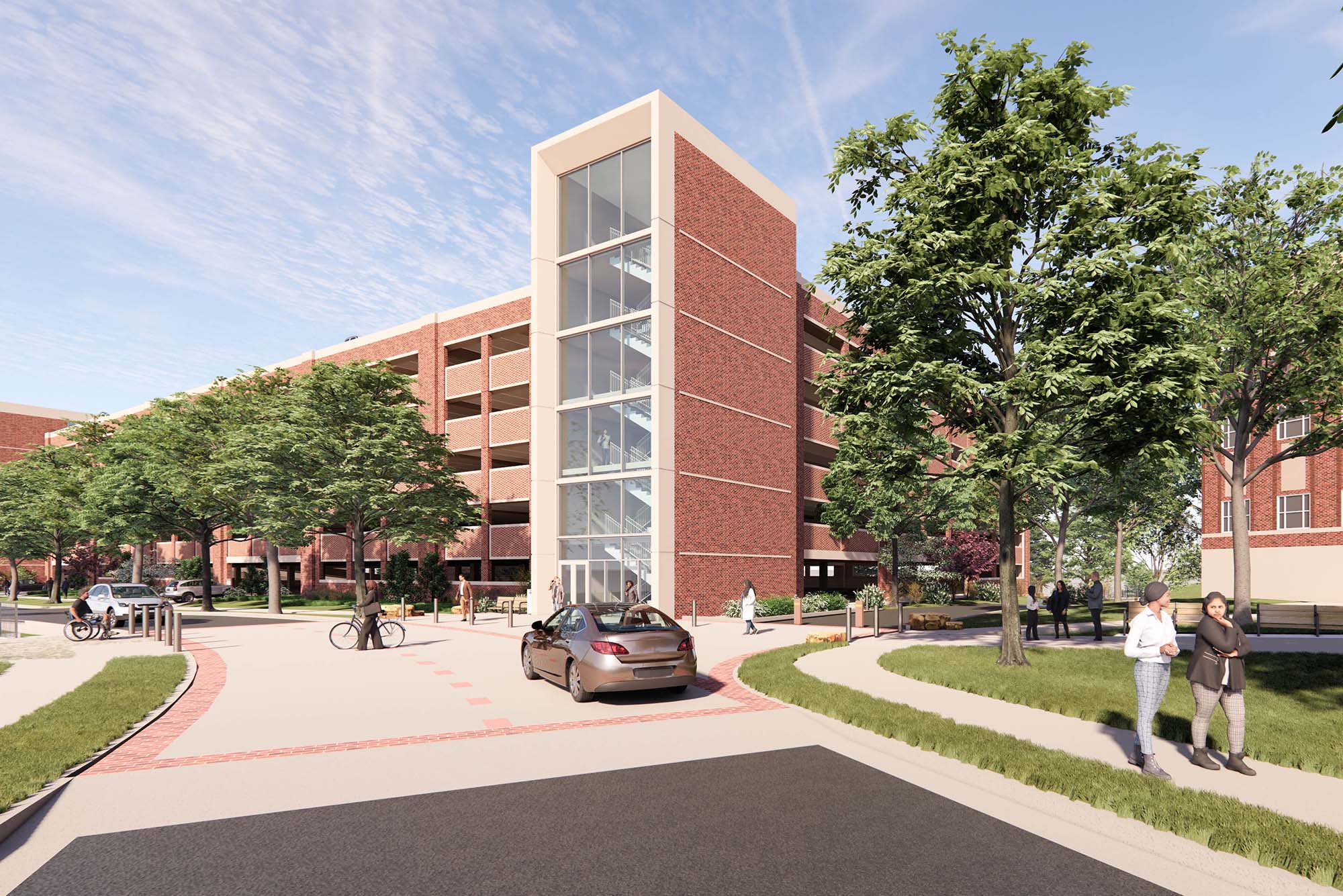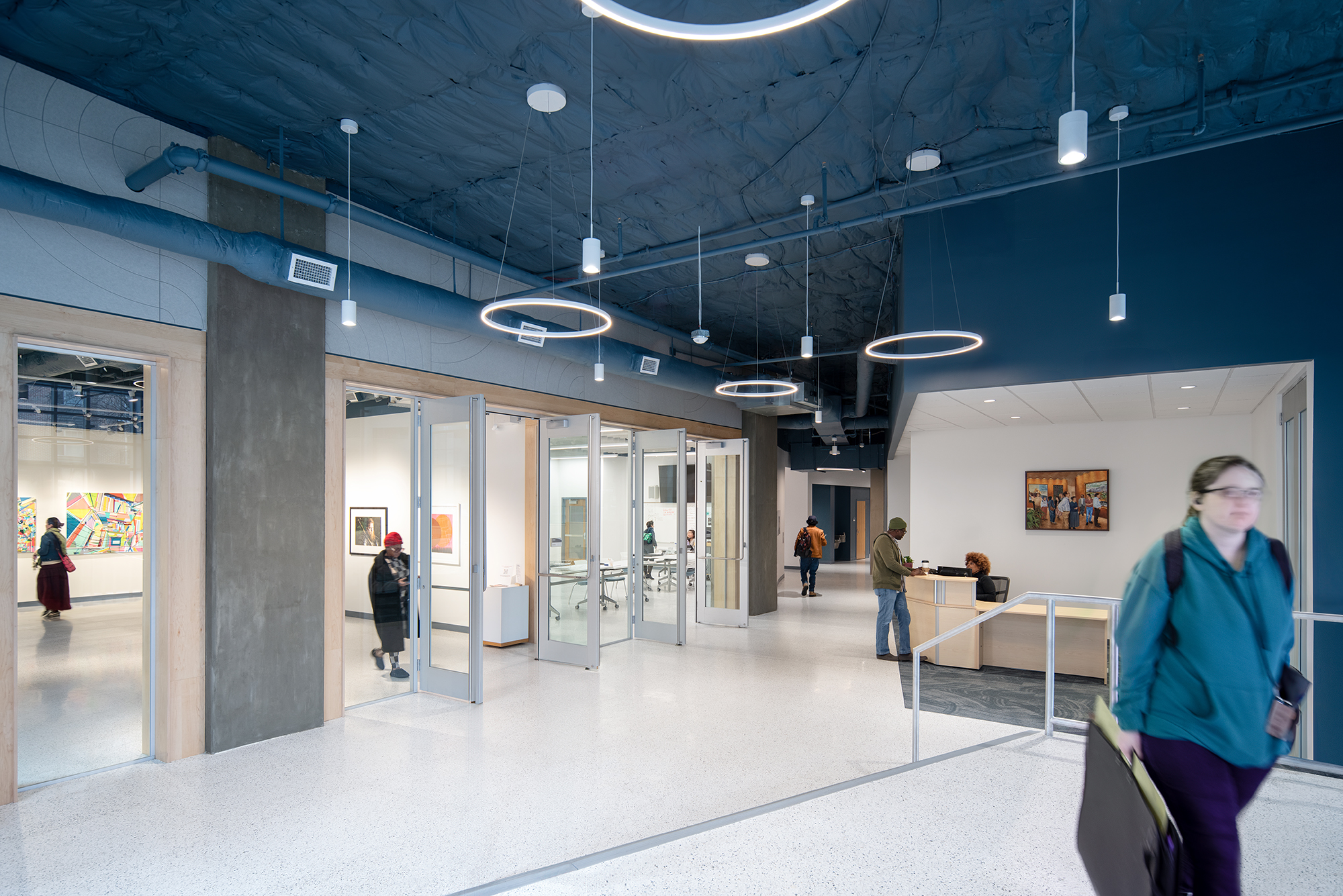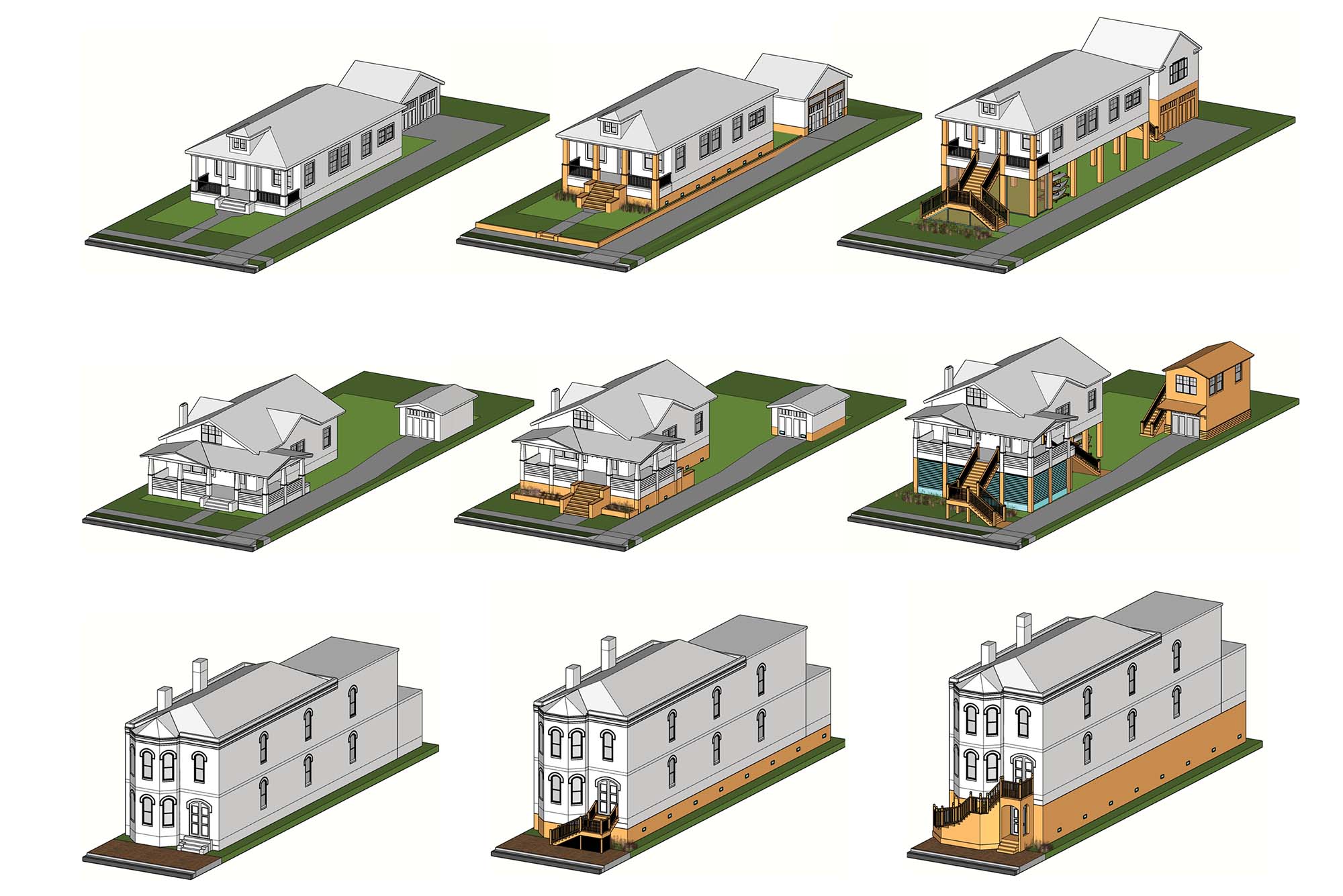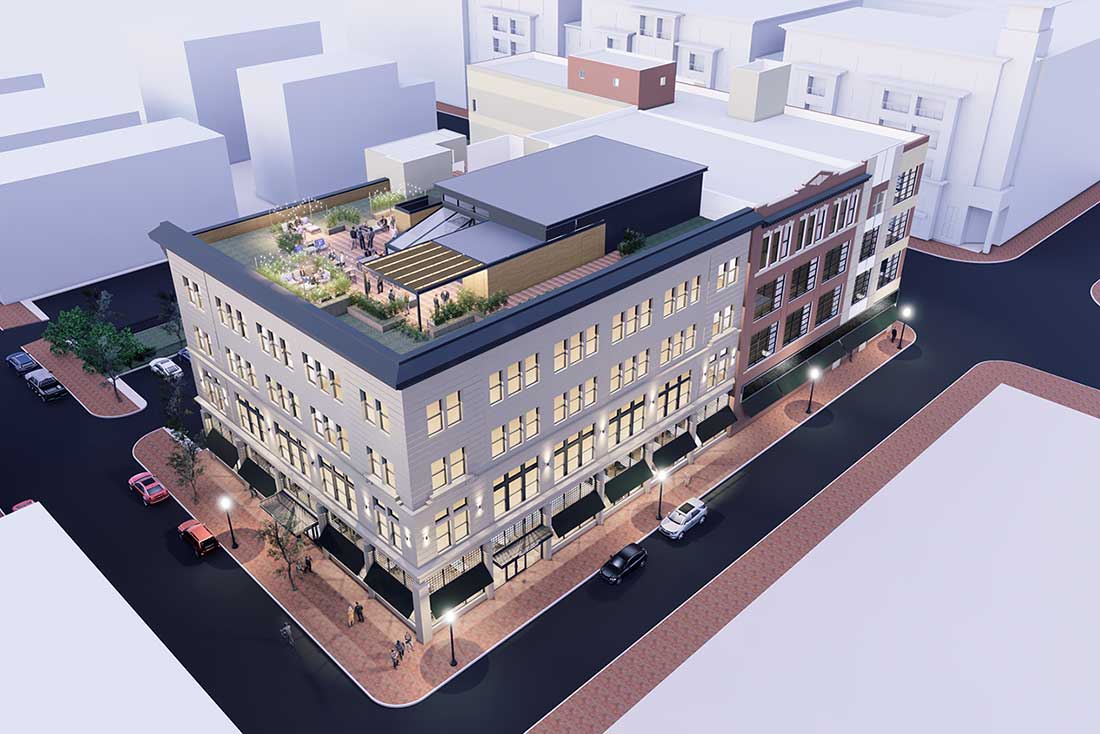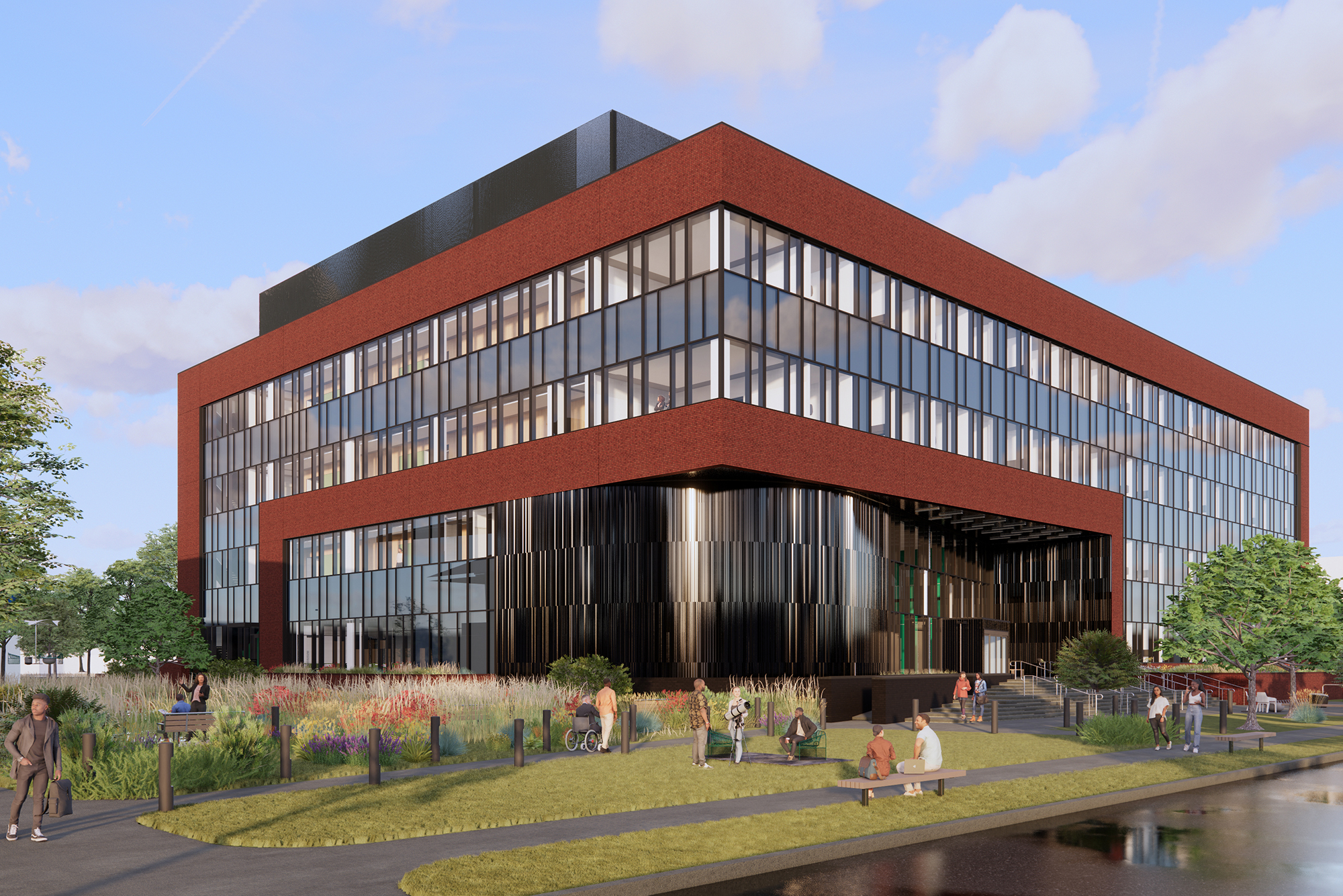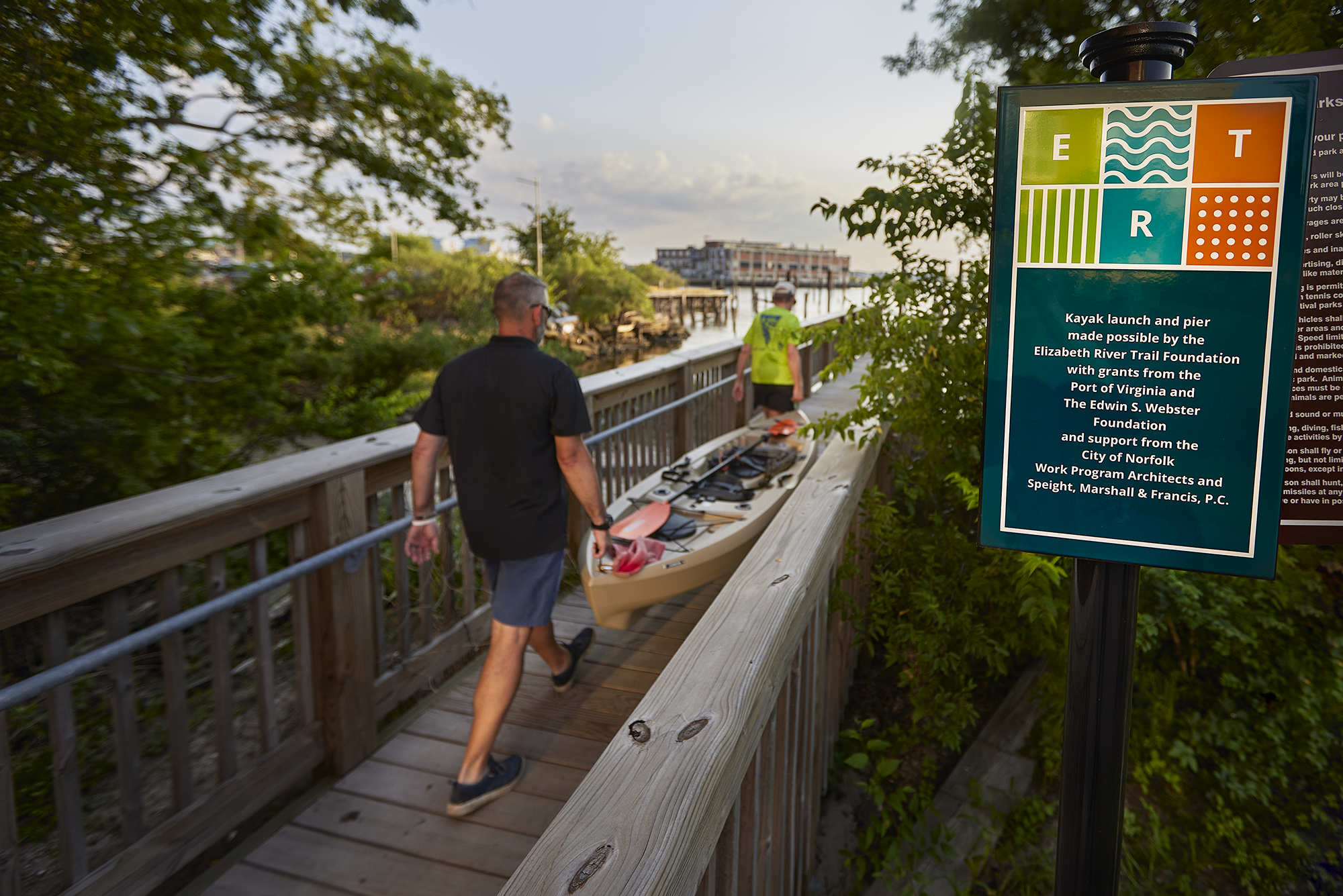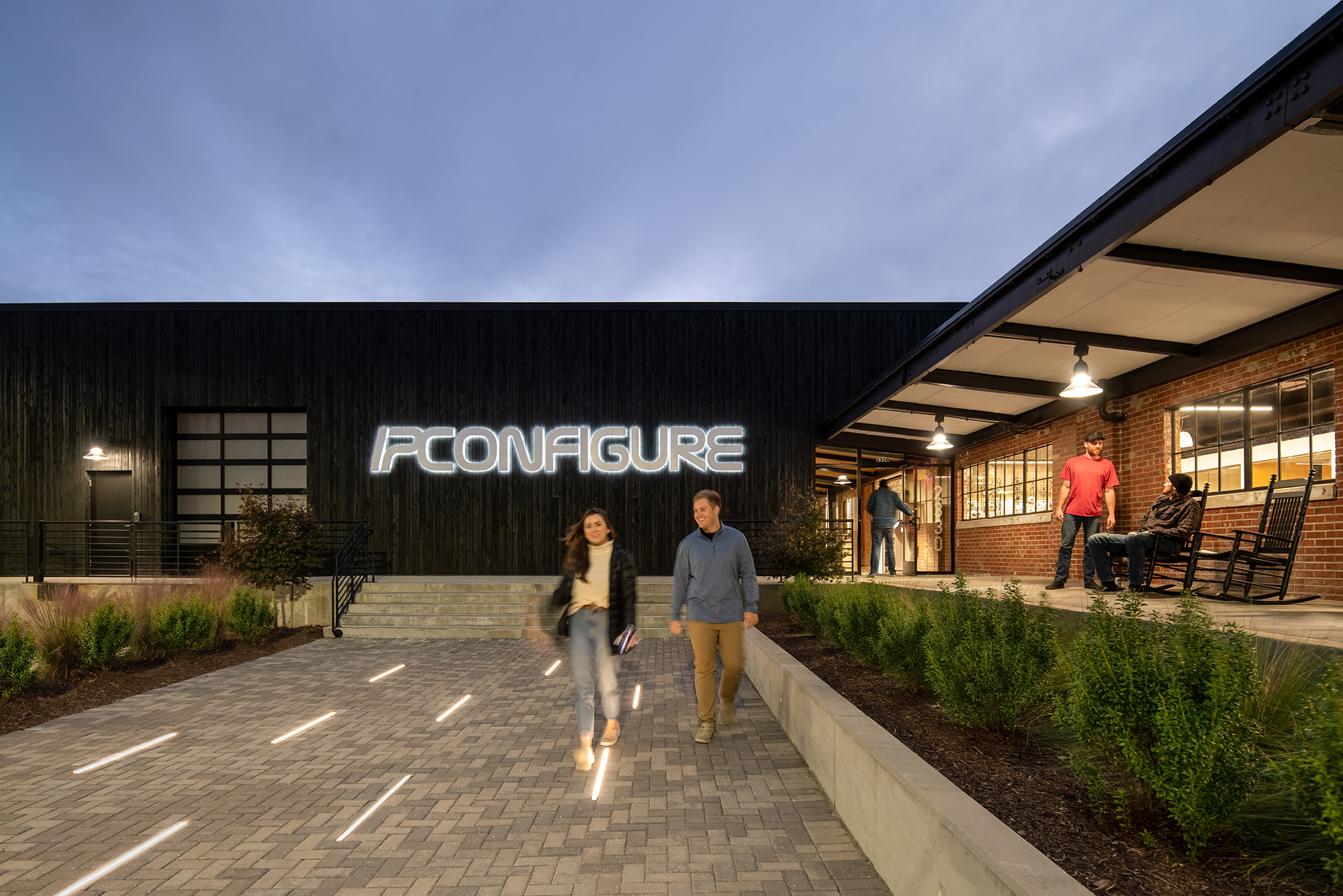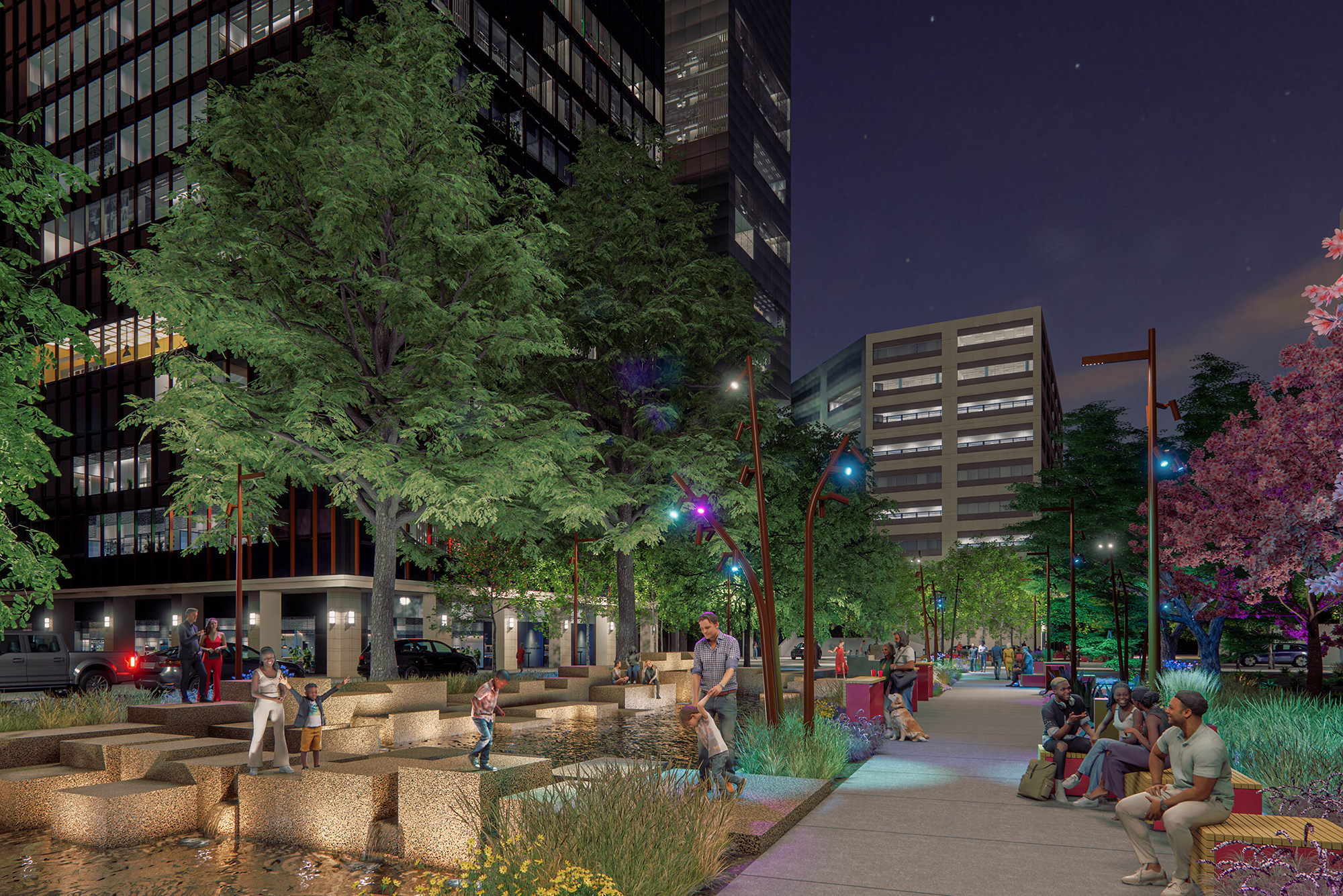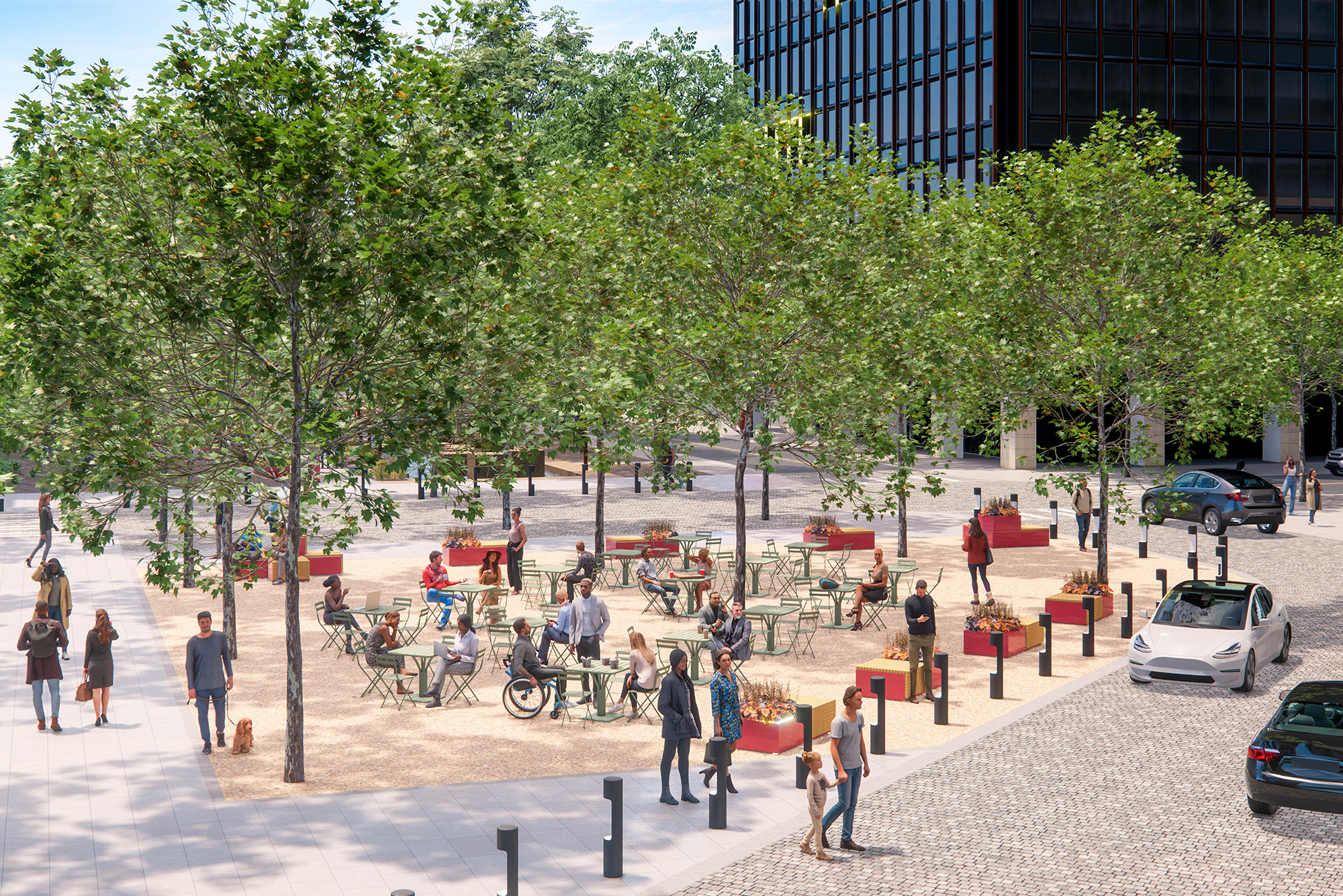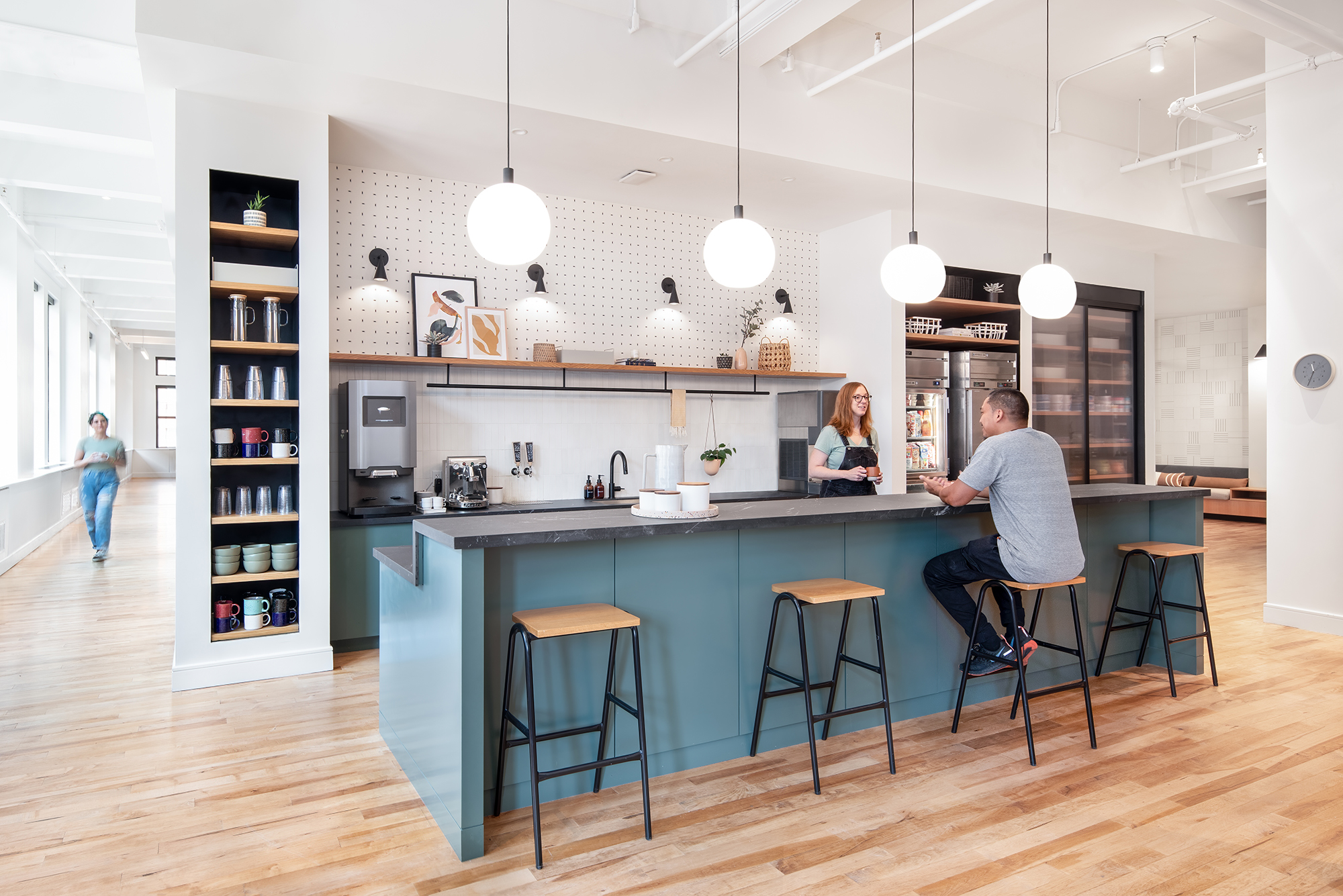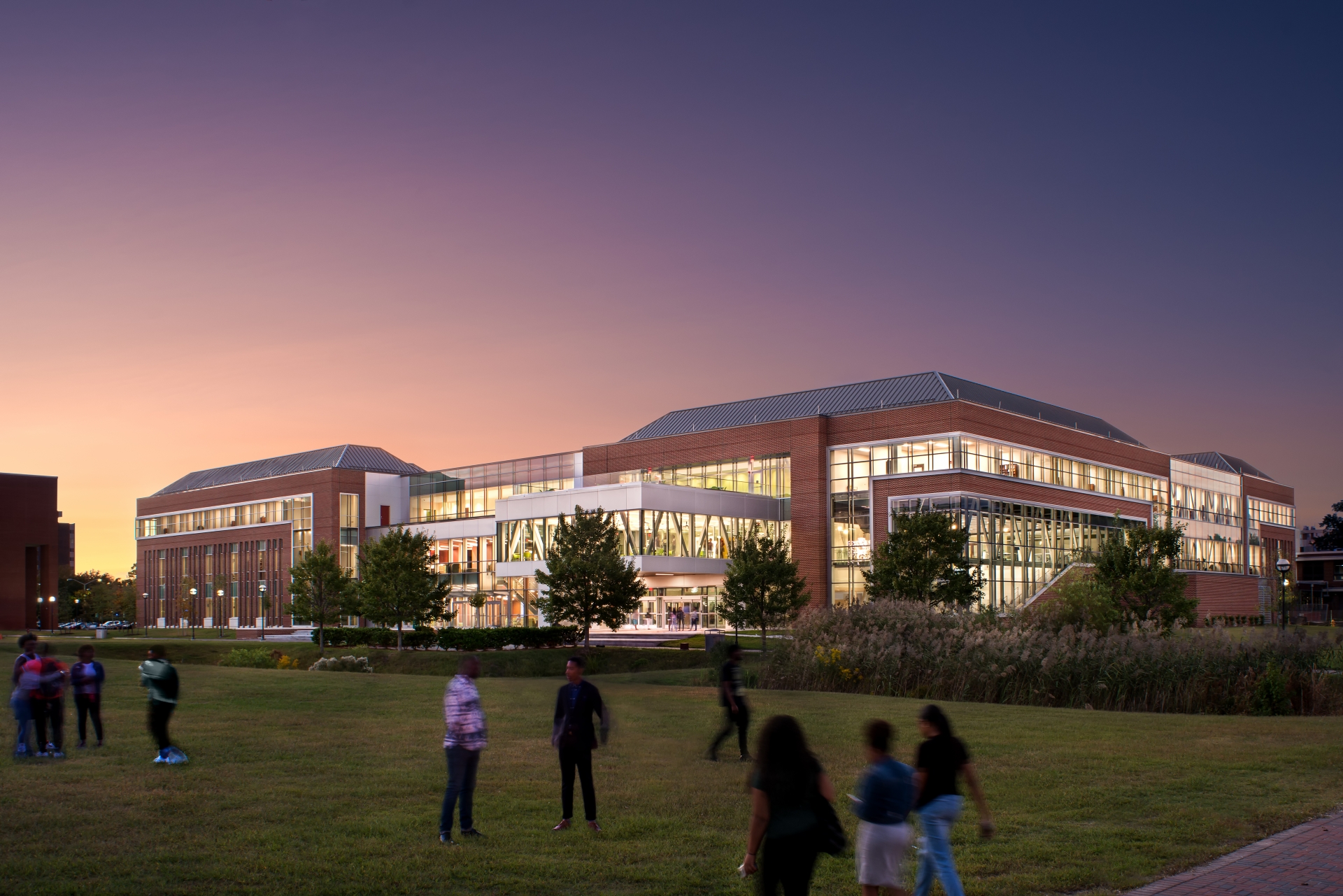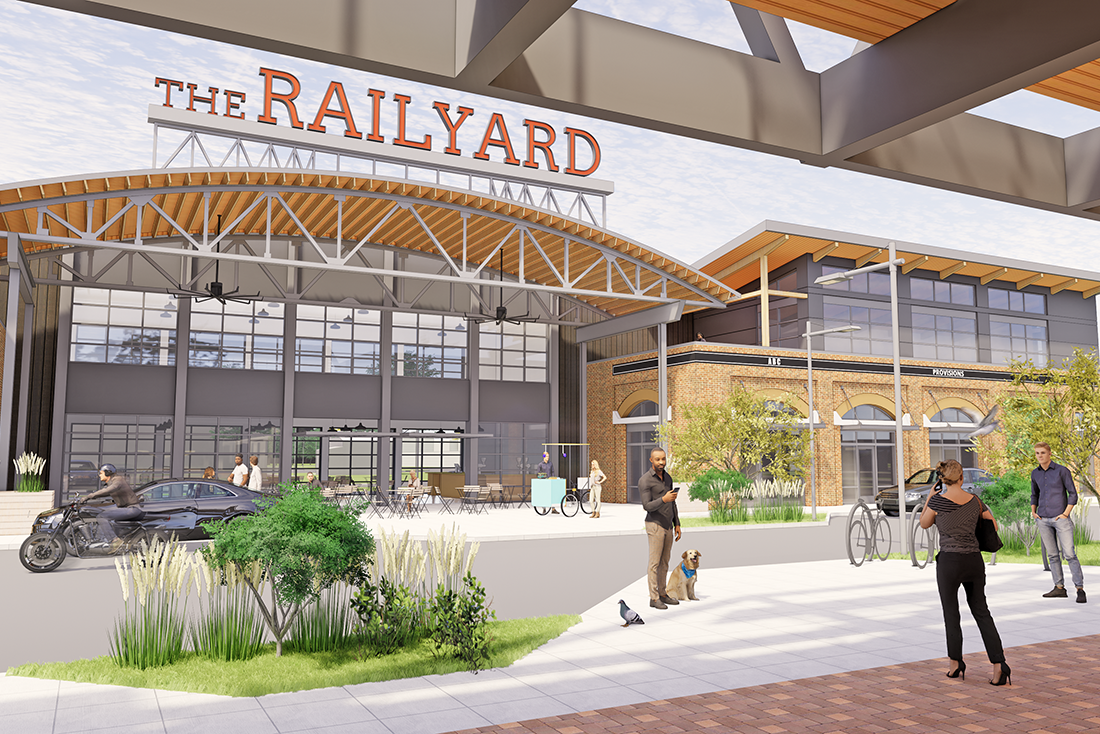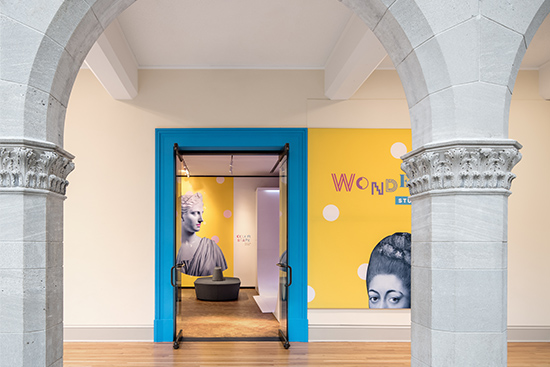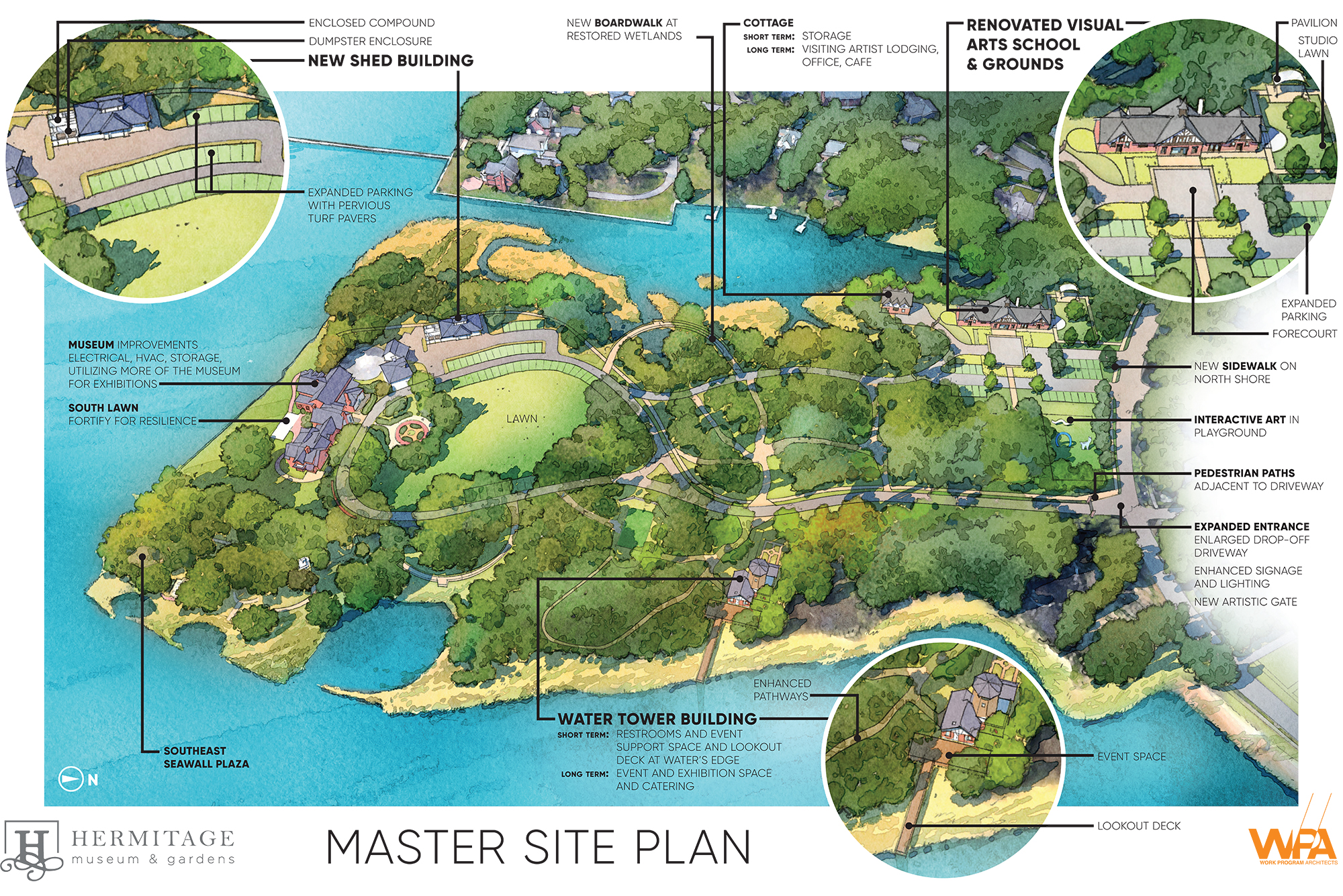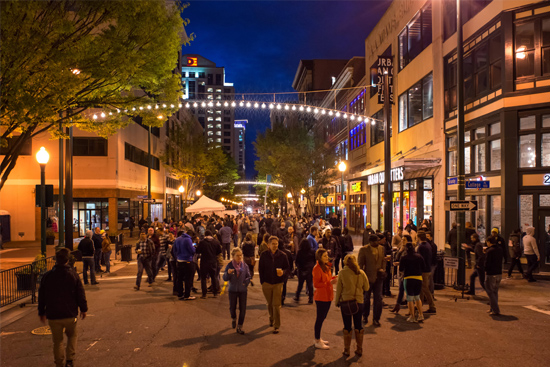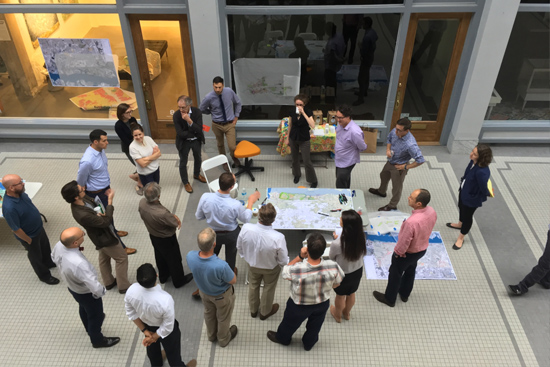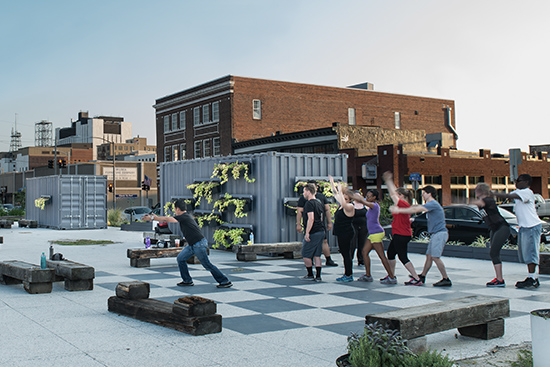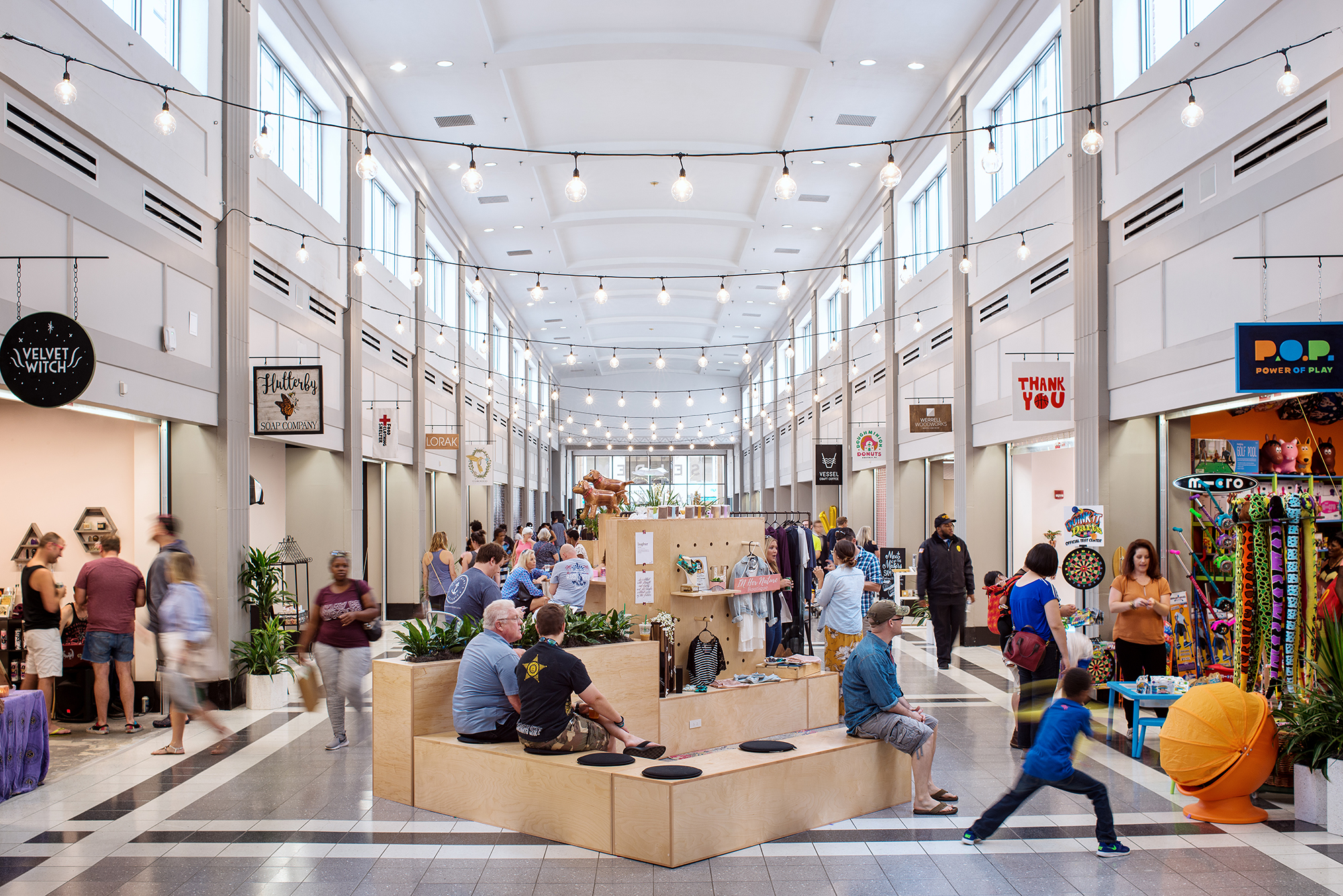The Railyard at Lambert's Point from WPA on Vimeo.
Details
Five (5) Rehabilitated Buildings
Five (5) New Construction Buildings
Location
Norfolk, Virginia
Size
- 109,200 TOTAL SF of new and redeveloped space
- 60,500 SF of redeveloped space
- 48,700 SF of new space
Completion Date
in progress
PROJECT DESCRIPTION
Development of an area that has been derailed several times may finally be getting on track. The Railyard, in the Lambert’s Point neighborhood along and behind Hampton Boulevard, promises to be a lively mix of retail, office and entertainment.
Meredith Construction, a Norfolk family business that is leading the proposal, has a longtime interest in the current industrial area. It is partnering with Charlotte-based real estate group, Clear Creek Brothers, LLC (CCB) to develop this historic location into a thriving community.
Work Program Architects is charged with site planning, master planning, and design concepts. Construction Administration and fit outs are handled by Archsmith Studio.
Meredith has owned four of the five historic buildings, built between 1920 and 1940, for years. Two currently are mini-storage facilities. Another, the former Hogshire Industries, has been vacant since 2010, when the last of the Hogshires died and the awning business was purchased and moved elsewhere. Development plans also call for five new buildings between W. 24th and W. 26th streets. Proposed tenants include a retail, office, casual and more formal dining, a brew pub restaurants and fitness/health spaces all anchored by an outdoor courtyard. The courtyard will accommodate a stage and space for a Farmer’s Market, and a train engine will be on display as the backdrop to “The Railyard at Lambert’s Point” sign at the north end of the project.
WPA followed rules of historic street grid when planning the site. Loading and unloading for the old manufacturing buildings and warehouses occurred along 24th and 25th streets. The historic loading docks will be retained, and those streets will continue to accommodate that service for new tenants. Because Hampton Boulevard is not a comfortable “front door,” renovations will orient tenant entries to the new courtyard and green space. It is anticipated that retail and restaurants will occupy street-level spaces, with creative office space above. The site was designed with pedestrians and cyclists in mind, featuring pedestrian walkways, bike shelters, bike boxes, shared-mobility zones, and traffic-calming strategies. Vehicle parking will occur at the perimeter of the site.
Historic buildings, each with a unique structure, will retain their original character. One building’s wooden columns resemble trees, supporting a roof with original skylights. Another building has a barrel vault ceiling and a third, the Hogshire building, is defined by steel beams and columns but wood joists. Windows will be restored, and historic signage and awnings will be incorporated. Rooftop decks will provide shade for outdoor dining and businesses below.
New buildings will be contemporary brick and steel structures, but compatible with the historic spirit of the neighborhood. A trestle bridge, reminiscent of a railroad trestle, will connect two buildings above street level, providing outdoor options for second-floor users. Historic details will be expressed in a contemporary way. For example, one entry will be defined with an exterior steel truss that replicates the trusses of the barrel-vaulted building.
The Railyard and IPConfigure, Inc., a 21st-century video surveillance and research and development software company that has adapted the old Dubin Metals Building on Bowdens Ferry Road, sit along the Elizabeth River Trail, which is being extended and developed with new amenities. WPA designed IP Configure’s headquarters as well.
The Railyard represents an investment $30-$40 million, with a potential for 350 jobs in 109,200 SF of new and redeveloped space.






















